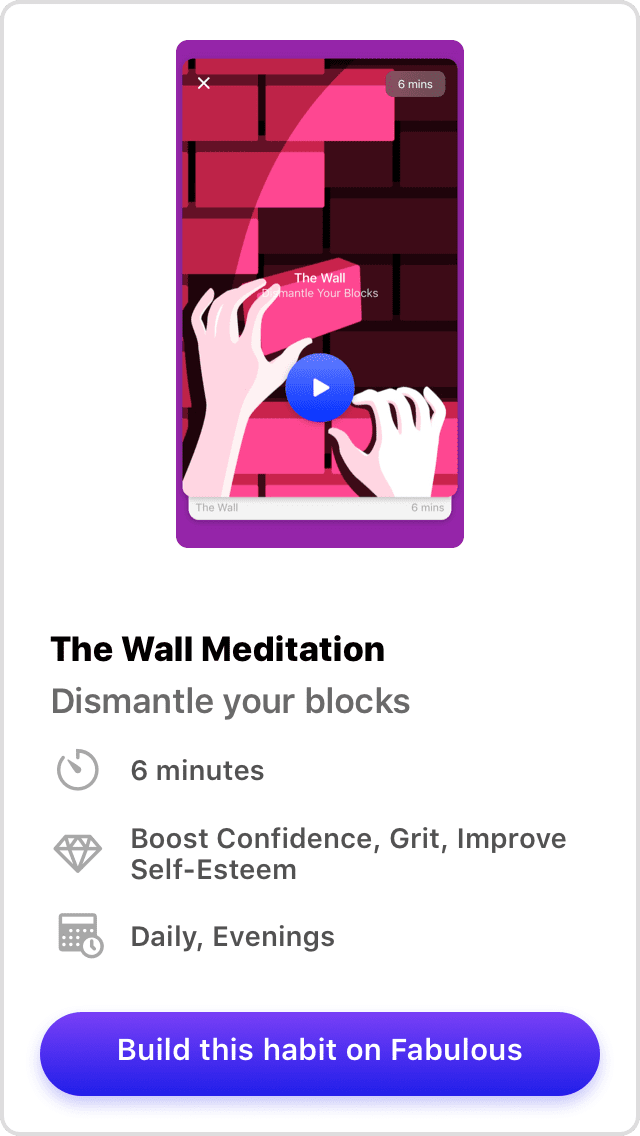There is a high school in Chicago that does not give failing grades. Instead, when students do not meet the requirements to pass a class they’re taking, they receive the grade “Not Yet.” The reasoning is that failure is a kiss of death for personal growth; when people are told they have explicitly failed something, they believe the failure is permanent and that they failed because of who they are as a person.
However, when they’re told they simply haven’t succeeded yet, that “yet” opens a door of opportunity to get up and try again, redouble their efforts and learn from their mistakes. In other words, a failing grade triggers a fixed mindset and “not yet” triggers a growth mindset.
Changing your mindset
Psychologist Carol Dweck’s book Mindset explains exactly this. These two mindsets apply to everyone everywhere, not just in a classroom. Fixed mindsets inhibit growth in careers, relationships, and personal development, while growth mindsets encourage progress.
But what does a fixed mindset look like? People with fixed mindsets believe that their qualities are carved in stone; that their strengths and their flaws are exactly as they always will be. People with fixed mindsets cling to the one or two strengths they think they have and run from difficult situations. They don’t try because they don’t believe it will change anything. To them, effort is a character flaw; if they were smarter or more talented, they wouldn’t need to exert effort.
Two types of mindsets
If someone has a fixed mindset, it’s often for a reason. At some point in their lives, this fixed mindset became intertwined with their own personal identity. It told them who they were or wanted to be and offered a path to get there. Everyone wants to feel worthy and loved; by only focusing on their strengths and avoiding their weaknesses, people with a fixed mindset can project an image of talent and intelligence. However, challenges and setbacks can quickly destroy this façade and leave people feeling worthless, hopeless, and lost.
People with a growth mindset, however, don’t run from a challenge; they face it head-on. Those with a growth mindset believe that effort, not innate ability, is the driving force of improvement. They recognize that everyone has different strengths and weaknesses but they also see that everyone has the potential to develop themselves into whoever they want to be. People with a growth mindset believe that brick walls aren’t designed to keep them out; they’re designed to keep out the people who don’t want it badly enough. And failure isn’t getting it wrong; failure is giving up.
The Takeaway
So, how do we shift our mindsets toward growth? According to Dweck, simply knowing the differences between the two mindsets is enough to start. By acknowledging that who we are is not fixed, we give ourselves the motivation to try new things and experiment. We give ourselves permission to fail or experience setbacks without letting it destroy our self-confidence.
With The Wall meditation, you’ll learn how to dismantle the blocks that keep you from reaching your goals, build a mental fortress that will improve your will power, and give yourself a reason to persist to reach new heights of growth.




